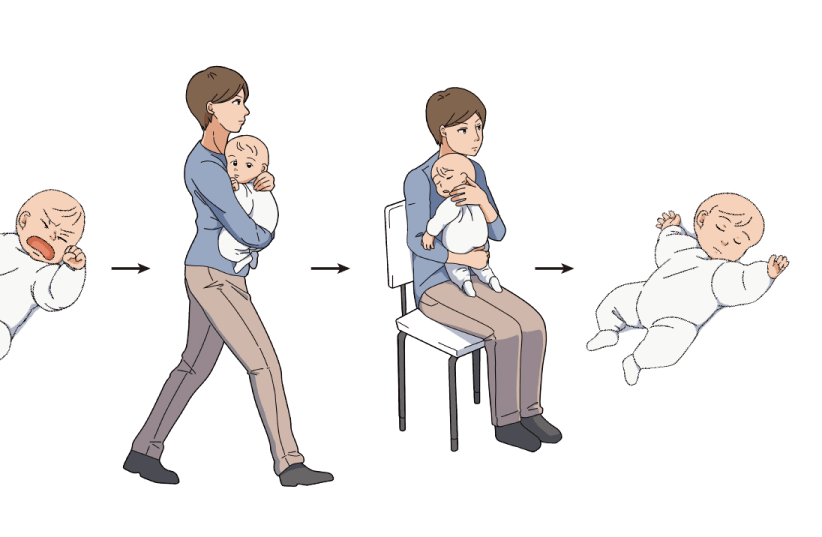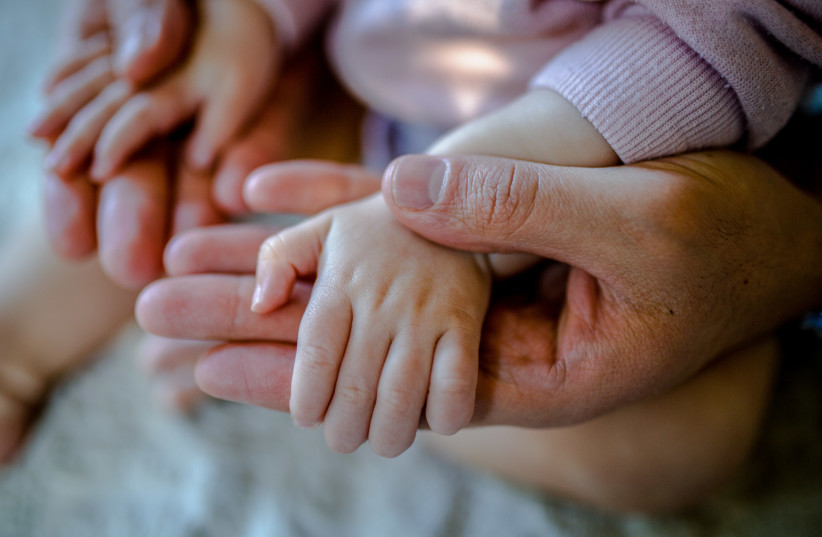As any exhausted parent who has lost sleep trying to get their baby to stop crying knows, there is no magic solution. A new study, however, offers a simple method that may be most effective.
The research, published in Current Biology on Tuesday, taps into inherent mammalian reflex. It highlights the importance of carrying crying infants rather than simply holding them, based on the 'Transport response' in which distressed animals calm down when carried.
The findings offer relief to the caregivers of approximately 20-30% of infants who cry excessively for no known reason, causing parental stress and even triggering impulsive baby maltreatment in a small number of instances.
The researchers, based at the RIKEN Center for Brain Science (CBS) in Japan, explain that parents are best off walking for about 5 minutes carrying the baby, following by sitting for about 8 minutes. They say this method," the walk-sit," should help calm them down and put them to sleep. According to the study, sitting and holding a crying baby never calmed them down and heart rates rose. Putting babies to sleep immediately after walking often led to higher heart rates and woke babies up.
Out of all 13 crying babies that fell asleep and stayed asleep in one of the experiments, nine were put to bed using the walk-sit method.
How does the walk-sit method work?
“Although we did not expect it, the key parameter for successful laydown of sleeping infants was the latency from sleep onset.”
Kumi Kuroda, lead study author
Lead author Kumi Kuroda explains the method: “Although we did not expect it, the key parameter for successful laydown of sleeping infants was the latency from sleep onset.” In other words, babies often woke up if they were put down before they got about 8 minutes of sleep. The research indicates that when babies are crying too much and can’t sleep, parents should carry them steadily for about 5 minutes with few abrupt movements, followed by about 8 minutes of sitting before laying them down for sleep.
Further 'baby-tech' progress
The next step the researchers said, is the development of a heart rate monitoring wearable fitness device. “We are developing a 'baby-tech' wearable device with which parents can see the physiological states of their babies on their smartphones in real-time,” said Kuroda. “Like science-based fitness training, we can do science-based parenting with these advances, and hopefully help babies to sleep and reduce parental stress caused by excessive infant crying.”

